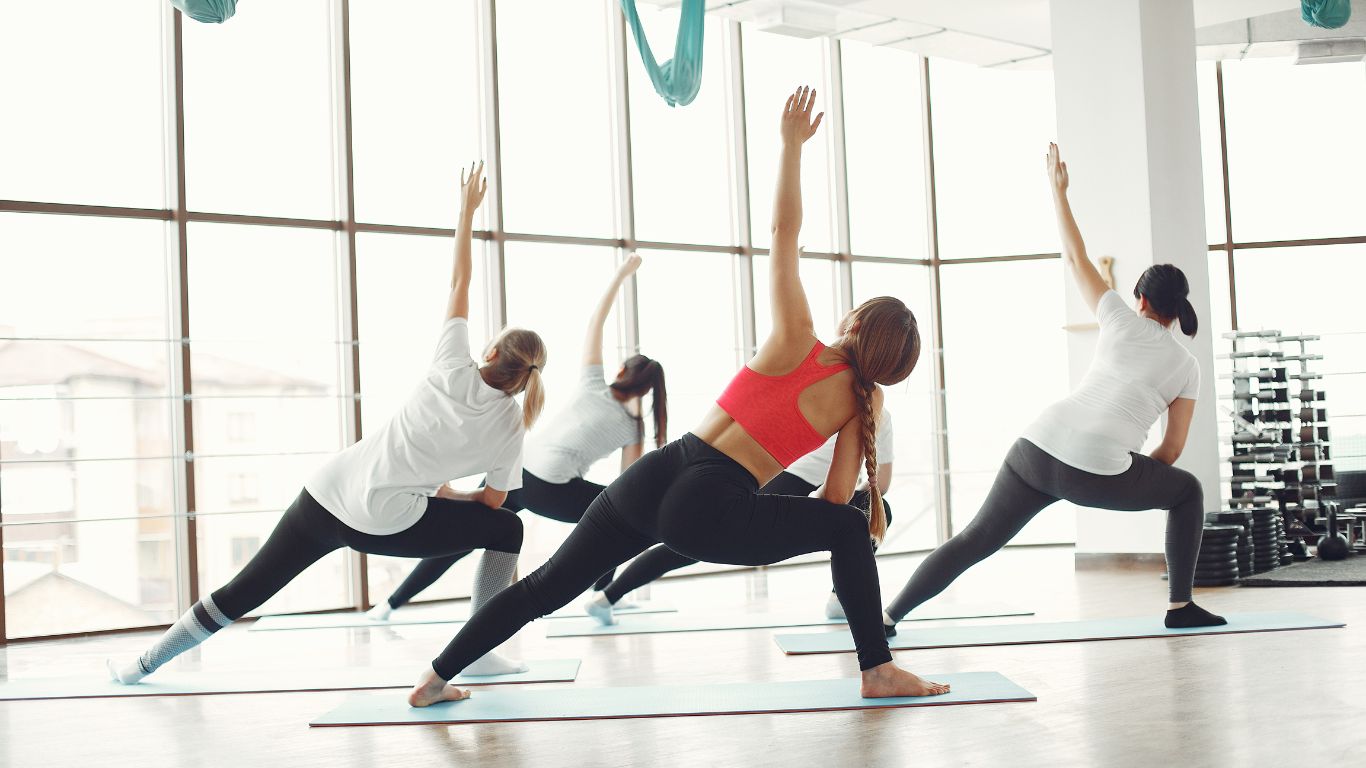HEAITH & BEAUTY
active lifestyle, Chest opener, daily stretching, flexibility exercises, flexibility hacks, flexibility tips, Health and Wellness, Hip flexor stretch, improve flexibility, injury prevention, joint health, mobility exercises, pain prevention tips, pain-free living, Rest and Recovery, Standing hamstring stretch, staying limber, stretch routine
admin
0 Comments
“Flexibility Hacks: Simple Tips to Stay Limber and Pain-Free”
Flexibility
Maintaining flexibility is crucial for a healthy, pain-free body. As we age, our muscles tend to tighten, and joints become less mobile, leading to stiffness and discomfort. However, there are several flexibility hacks that can help you stay limber and prevent pain. With consistent practice and mindful attention to your body, you can improve your range of motion, reduce the risk of injury, and enjoy a more active lifestyle.
Why Flexibility Matters
Flexibility is not just about being able to touch your toes or perform advanced yoga poses. It is essential to your general well-being. Tight muscles can lead to joint pain, strains, and injuries, affecting your daily activities. By improving flexibility, you enhance muscle elasticity, allowing for better mobility and balance. This is especially important for those who lead sedentary lifestyles or spend long hours sitting at a desk, which can cause the muscles to become tense and stiff.
1. Start Your Day with Dynamic Stretching
Dynamic stretching involves active movements that help warm up your muscles before engaging in physical activity. Unlike static stretching, where you hold a position, dynamic stretching focuses on continuous motion, helping to increase blood flow and prepare the muscles for the day ahead.
Some simple dynamic stretches to incorporate into your morning routine include:
Leg swings:
Stand on one leg and swing the other leg forward and backward, loosening the hip joints.
Arm circles:
Rotate your arms in circular motions to warm up the shoulders and upper body.
Torso twists:
With your feet planted, rotate your torso side to side, engaging your core.
2. Incorporate Static Stretching After Workouts
While dynamic stretching is great for warming up, static stretching is ideal for cooling down after exercise. Holding stretches for 20-30 seconds helps to lengthen the muscles and prevent tightness after physical exertion.
Some beneficial static stretches include:
Stretch your hamstrings by sitting on the floor with your legs extended straight in front of you and reaching up to your toes.
Quadriceps stretch:
Stand on one leg, bring the opposite foot toward your glutes, and gently pull the foot to stretch the front of the thigh.
Shoulder stretch: Bring one arm across your chest and use the opposite hand to pull it toward your body, stretching the shoulder muscles.
3. Use a Foam Roller for Myofascial Release
A foam roller is an excellent tool for releasing muscle tension and improving flexibility. Myofascial release is a technique that applies pressure to the fascia (the connective tissue that surrounds muscles) to reduce tightness and increase mobility. By using a foam roller, you can target specific areas of the body, such as the IT band, calves, and upper back, where tension tends to accumulate.
To use a foam roller effectively:
Place the foam roller on the floor and position the target muscle group on top of it.
Gently roll back and forth, applying pressure to the tight areas.
Focus on areas that feel particularly tense or sore, spending at least 30 seconds on each spot.
This practice helps to break up muscle knots and improve blood circulation, which aids in faster recovery and improved flexibility.
4. Stay Consistent with Yoga or Pilates
Yoga and Pilates are excellent forms of exercise that promote flexibility, strength, and balance. Both practices emphasize controlled movements, breathing techniques, and stretching, making them ideal for those looking to increase flexibility while also improving core stability and muscle tone.
Some of the most effective yoga poses for flexibility include:
Downward Dog:
Stretches the hamstrings, calves, and shoulders while lengthening the spine.
Cobra Pose:
Opens up the chest and stretches the lower back, promoting spinal flexibility.
Seated Forward Fold:
Stretches the hamstrings and lower back, improving mobility in the legs and spine.
Pilates focuses on strengthening the core, but it also incorporates stretches and controlled movements that enhance flexibility.
5. Stay Hydrated to Keep Muscles Supple
Hydration plays a critical role in maintaining flexibility. Water helps to keep the muscles and joints lubricated, reducing the risk of stiffness and injury. When you’re dehydrated, your muscles are more likely to cramp and become tight, limiting your mobility. Make sure to drink plenty of water throughout the day, especially before and after exercising.
6. Stretch Throughout the Day
If you spend long hours sitting at a desk, it’s important to take breaks and stretch throughout the day. Prolonged sitting can cause the muscles in your back, hips, and legs to tighten, leading to poor posture and discomfort.
Some simple stretches to do during the day include:
Standing hamstring stretch:
Stand and reach for your toes to stretch the back of your legs.
Chest opener:
Clasp your hands behind your back and gently pull your shoulders back to stretch the chest and improve posture.
Hip flexor stretch:
Step one foot forward into a lunge position and press your hips forward to stretch the front of the hips.
By taking short stretching breaks every hour, you can prevent muscle tightness and stay limber throughout the day.
7. Prioritize Rest and Recovery
Rest and recovery are just as important as the stretches and exercises you perform. Giving your body time to recover allows your muscles to repair and become more flexible. Incorporate rest days into your weekly routine, and make sure to get enough sleep each night.
Conclusion
Staying flexible is essential for living a pain-free and active life. By incorporating dynamic and static stretches, using tools like foam rollers, practicing yoga or Pilates, and staying hydrated, you can enhance your flexibility and overall well-being.




Post Comment